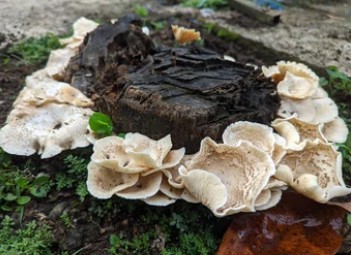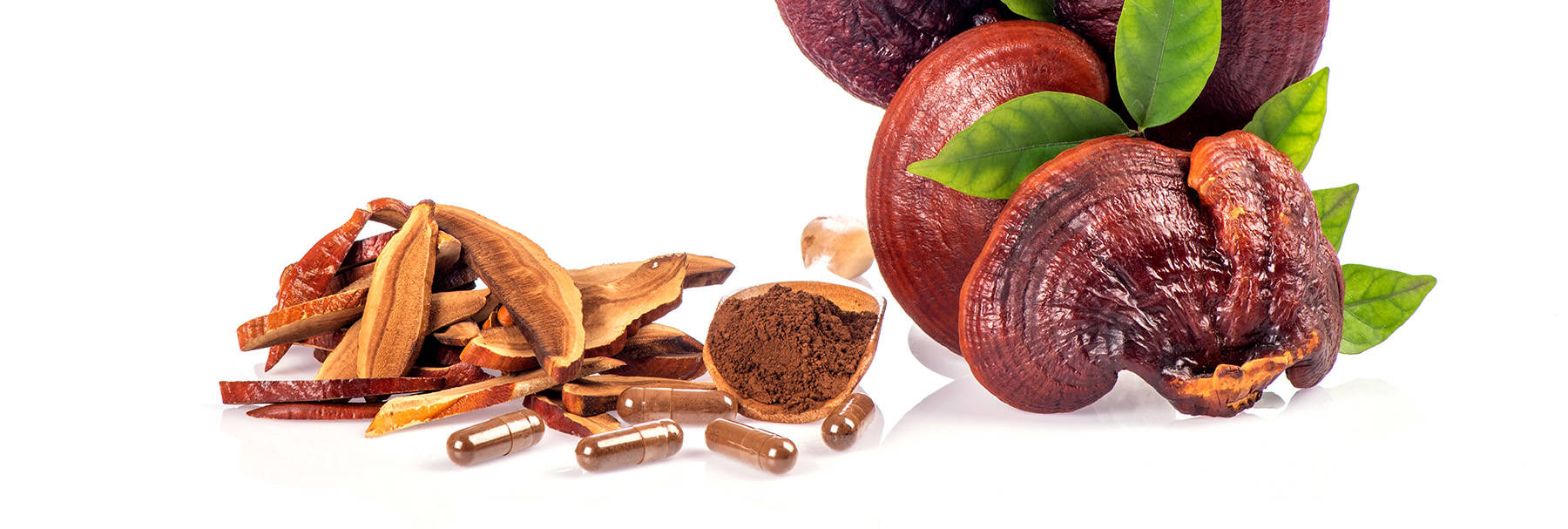
The increasing number of organic and inorganic pollutants in the environment poses a great threat to the ecosystem. Natural sources of environmental pollutants include forest fires, volcanic activity, dust storms, etc. Anthropogenic sources are mainly the burning of fossil fuels and wood, construction, automobile exhaust, excessive fertilization, pesticides, etc. These pollutants interact with soil habitats to create toxic environments for biological activity. Fungi are ubiquitous in the environment and thrive in a variety of soil habitats. Fungi are vital to healthy soil systems because of their below-ground fungal network consisting of complex mycelium. This fungal network acts as a transporter of nutrients in the soil. The fruits of these mycelia are the mushrooms we typically see above ground. Fungal remediation refers to the technology that utilizes fungal mycelium to remove toxic biological and chemical contaminants from the environment and convert them into harmless, environmentally friendly products.
Our Mushroom Mycoremediation Spawn Products
We offer high-quality mushroom mycoremediation spawn products for mycoremediation programs. They create a simple yet effective biomass that breaks down environmental and industrial pollutants. Our mushroom mycoremediation spawn products are widely used in a variety of projects, including breaking down chicken and cat feces, oil, herbicides, pesticides, and dyes.
- Mushroom Mycoremediation Spawn for Oil Spill Cleanup
We offer a variety of promising mushroom mycoremediation spawns for oil spills, including Pleurotus ostreatus, Pleurotus commonus, Phanerochaete chrysosporium, Agaricus bisporus, Glomus caledium, Aspergillus fumigatus, Trametes versicolor, and Xenophiala xenobiotica, etc.
When oil is treated, the mycelium of these mushrooms absorbs the oil and produces peroxidase and laccase. These enzymes break hydrogen-carbon bonds, including the bonds that form hydrocarbons in oil. These hydrocarbons are converted into harmless carbohydrates. In general, mycelium preferentially breaks down lower molecular weight hydrocarbons. However, they break down higher-weight hydrocarbons into more unstable lower-weight hydrocarbons. A staged reduction can then be carried out by additional mycelium treatments to completely reduce the oil content.
- Mushroom Mycoremediation Spawn for Heavy Metal
We offer a variety of mushroom mycoremediation spawn products for heavy metal. The most popular is Pleurotus ostreatus spawn. Its low cost and high yield make them an attractive option for reducing heavy metal contamination. It also has a high biosorption potential (ability to accumulate and concentrate heavy metals) due to their high mycelial production. Its substrates are enriched with a large number of heavy metals including mercury, cadmium, nickel, copper, iron, zinc, and manganese.
- Mushroom Mycoremediation Spawn for Water Pollution
We offer mushroom spawns of the genera Agaricus maculatus and Agaricus lateralis to reduce contamination of water polluted by animal feces and other pathogenic bacteria. These species have proven to be resilient, low-cost, low-maintenance, and permeable enough to act as effective mold filters.
- Mushroom Mycoremediation Spawn for Pesticides
A variety of technologies have been developed to reduce pesticides to simpler, ecologically safe compounds, such as photocatalysis, incineration, or physical treatment. These have significant drawbacks, including toxic emissions, harmful ash formation, and high costs. Other bioremediation methods utilize bacteria. Bacteria take a long time to begin degrading any pollutant, require pre-exposure to toxins, and they are generally not as tolerant of high pesticide concentrations as fungi.
Using mushroom mycelium is safe, feasible, and more economical than other methods. We offer a variety of mushroom mycoremediation spawns for degrading insecticides, herbicides, and fungicides, including Phanerochaete chrysosporium, Phlebia aurea, Aspergillus niger, Phoma glomerata, Chrysosporium pannorum, Morteriella sp., etc.
Lifeasible offers high-quality mushroom mycoremediation spawn products. Our mycoremediation spawns are grown in a sterile lab and produced year-round to ensure you get fresh mycelium. Since each mushroom has its own specific needs, we recommend contact us for more detailed growing information.
For research or industrial raw materials, not for personal medical use!



